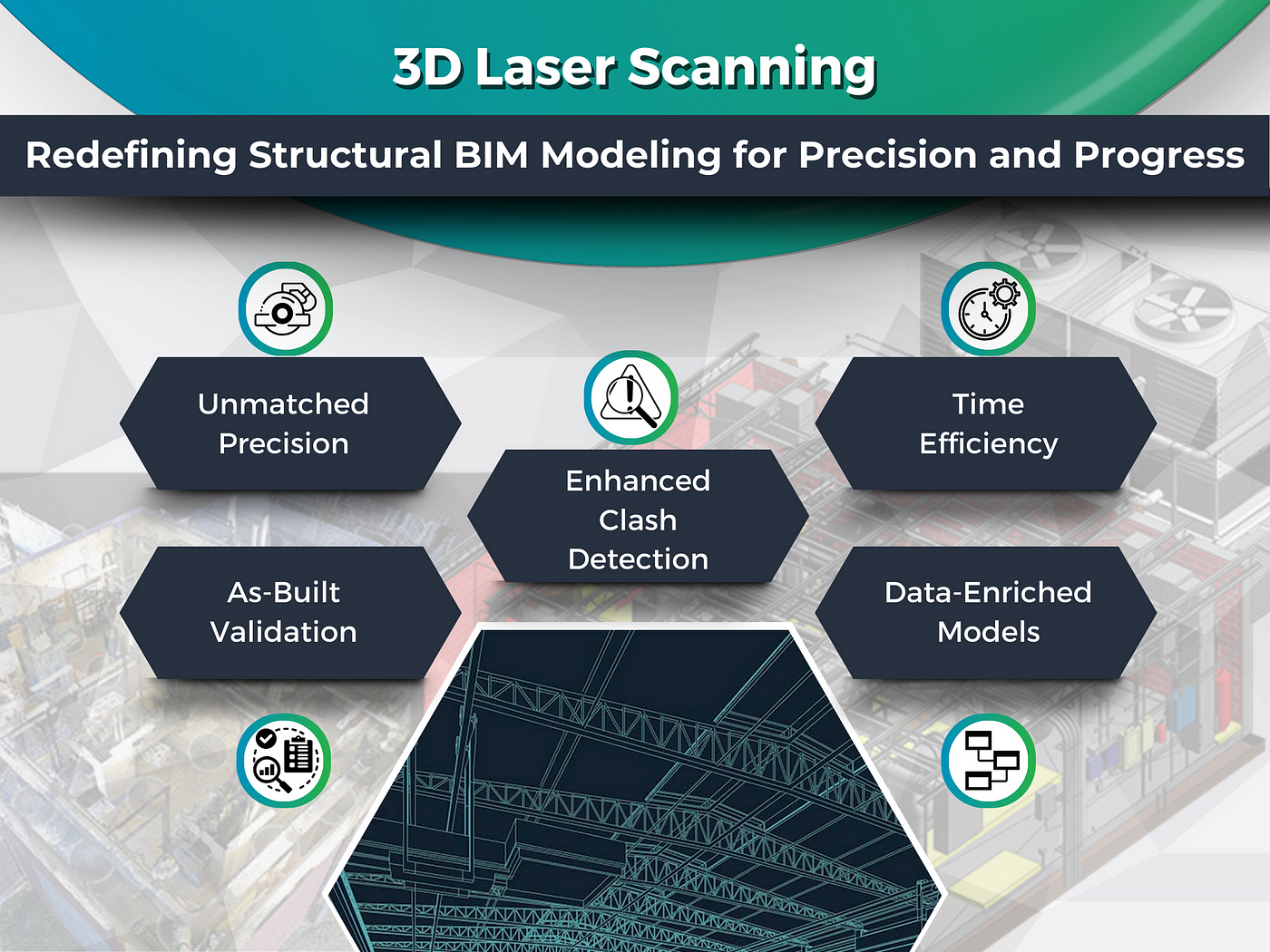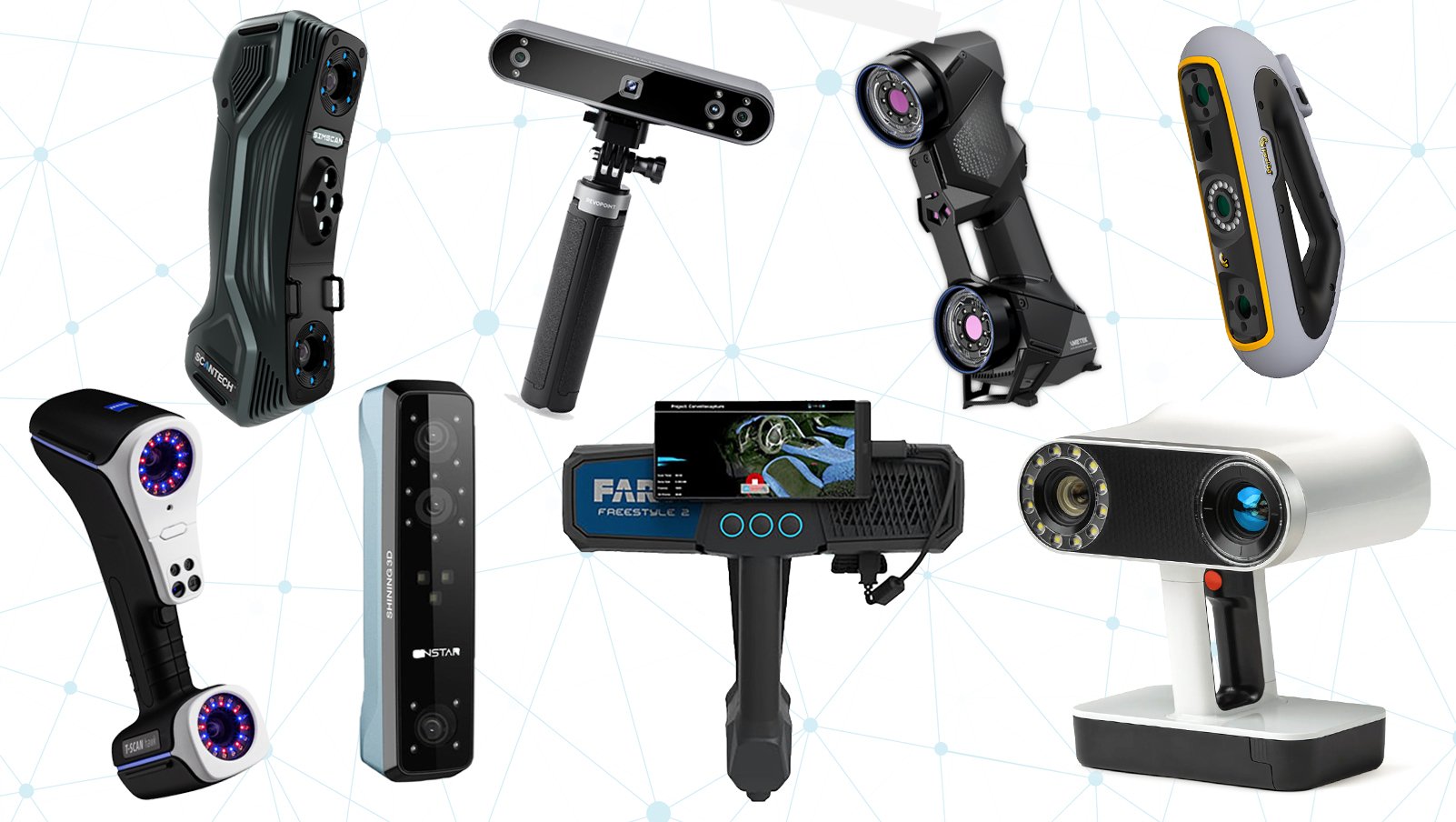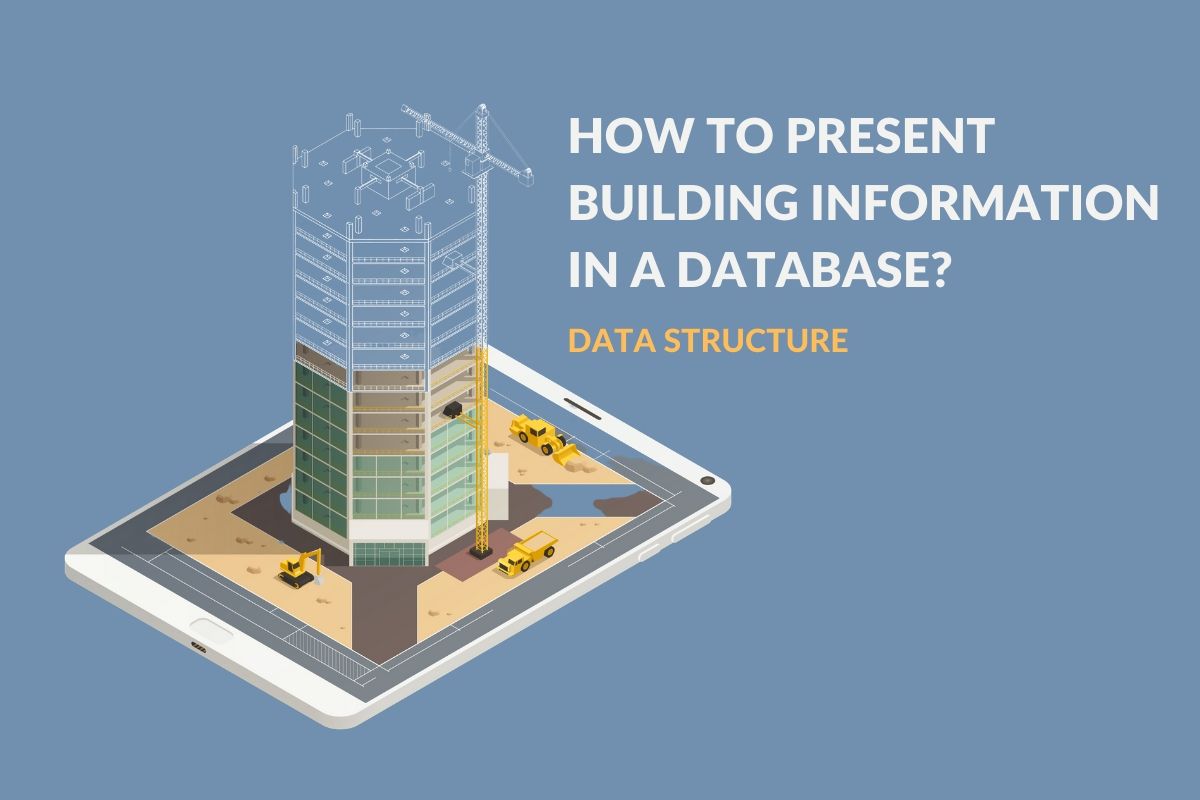The development business is encountering a mechanical transformation, with 3D laser examining at the cutting edge, changing conventional cycles into dynamic, exact, and proficient tasks.

This creative innovation catches point-by-point three-layered information from articles, structures, and scenes, altogether upgrading the precision of arranging and execution in development projects. As the interest for quicker, more secure, and more brilliant development arrangements develops, understanding the abilities and utilizations of 3D laser filtering is becoming critical.
In this article, we dive into how this innovation is reshaping the development scene, further developing task results, and what future advancements we can expect. Go along with us in investigating the groundbreaking effect of 3D laser checking and its sweeping expected in the field of development.
Basics of 3D Laser Checking
3D laser filtering is a state-of-the-art innovation that has decisively moved how estimations and information assortment are led in the development business. This segment separates the essential operations, parts, and kinds of 3D laser filtering innovation to give a central comprehension of its job in development.
How 3D Laser Checking Functions
3D laser filtering, otherwise called Liar (Light Recognition and Running), uses laser light to check conditions and items. The scanner radiates laser radiates that return after hitting surfaces. The scanner then, at that point, records the time it takes for the laser to return, which is utilized to ascertain exact distances. This information is incorporated to make itemized three-layered portrayals of the filtered region, known as “point mists.” These point mists comprise of millions of focuses that precisely portray the size, shape, and surface attributes of the checked articles.
Key Parts of the Innovation

Scanner
The center of the innovation, the actual scanner, is a refined gadget that can go from handheld units to bigger, stand-mounted frameworks. Every variation serves different accuracy levels and simplicity of organization relying upon project prerequisites.
Software
Particular programming is fundamental for handling the crude information gathered by scanners. This product deciphers the guide cloud information toward developing usable 3D models and performing investigations. It permits clients to control, upgrade, and eventually use the information in different applications, for example, computer-aided design projects or building data demonstrating (BIM) frameworks.
Hardware
Other than scanners, fundamental equipment incorporates portable units for field information assortment, GPS units for movement precision, and strong registering frameworks to deal with the handling of enormous datasets.
Kinds of 3D Laser Scanners

Earthbound Scanners
These are ordinarily mounted on stands and are utilized for enormous-scope applications like catching definite data of structures, verifiable destinations, and huge designs. They are known for their high exactness and are regularly utilized in conditions where detail and accuracy are basic.
Versatile scanners
Mounted on moving vehicles or handheld units, versatile scanners offer greater adaptability and are utilized for bigger regions that require quicker checking however can forfeit some accuracy. They are great for outside conditions and enormous locales.
Flying scanners
Utilized in robots or airplanes, these scanners are ideal for catching enormous-scope scenes or cityscapes. They are critical for geological overviews, catastrophes the executives arrange, and enormous scope planning.
Photogrammetry
While not a laser-based strategy, photogrammetry utilizes high-goal photographs taken from various points to make a 3D model of the subject. It is much of the time utilized related to laser scanners for upgraded detail and variety. Understanding these essentials of 3D laser checking furnishes industry experts with the information to pick the suitable innovation and approach for their particular venture needs.
By coordinating these high-level instruments, the development business can accomplish uncommon degrees of accuracy and productivity; making ready for more brilliant, more secure, and more financially savvy building rehearses.
Utilizations of 3D Laser Filtering in Development
3D laser examining innovation offers a huge number of utilizations in the development area that reform how tasks are arranged, executed, and made due. This segment features how the information from 3D laser filtering is utilized across different phases of development, from introductory wanting to definite execution, including particular applications, for example, schematic drafting and Building Data Displaying (BIM).
Itemized Planning for Precision and Productivity
One of the essential utilizations of 3D laser examining in development is in the point-by-point planning of existing circumstances. This is pivotal for remodel activities or developments where precise, natty gritty comprehension of the current designs is fundamental. By making exact 3D models of destinations, including estimations and spatial connections, laser checking assists in recognizing potential issues right off the bat in the plan with staging, diminishing the gamble of expensive adjustments during development.
From Output to Plan: Using Information for Schematic and 2D computer-aided design
Drafting Laser-checked information can be straightforwardly brought into PC-supported plan (computer-aided design) programming, where natty gritty schematics and 2D drafts can be utilized. This is particularly helpful for draftsmen and specialists who require exact base intends to begin their plan interaction. The precision of the outputs guarantees that these plans are dependable and can fundamentally accelerate the plan interaction by killing the requirement for manual estimations and mystery.
Progressing to Building Data Demonstrating (BIM) and 3D Displaying Administrations
Building Data Displaying (BIM) incorporates itemized data about a structure’s physical and useful qualities into a computerized model. 3D laser checking takes care of excellent information in BIM frameworks, upgrading the profundity and precision of the data accessible. This information helps all partners — designers, specialists, workers for hire, and proprietors — picture the undertaking in a common and cooperative climate. The reconciliation of filtered information into BIM works with further developed plan navigation, better coordination among experts improved accuracy in development, and viable administration of structures post-development.

3D Demonstrating Administrations
Past fundamental preparation and BIM mix, 3D demonstrating administrations use laser checking to make sensible and intelligent models of development projects. These models can be utilized for client introductions, financial backer gatherings, and partner endorsements. The models help in picturing the ultimate result practically, supporting the direction, and in promoting the venture to expected purchasers or occupants.
Recreation and Investigation
In further developed utilizes, 3D models obtained from laser filters are utilized for reproductions, for example, daylight examination, energy display, and coordinated operations arranging. For example, by recreating how normal light connects with a structure at various times or years, draftsmen can plan in a way that expands regular light, in this manner lessening lighting costs and further developing energy effectiveness.
Office The board and Support
When development is finished, 3D models and BIM can be used for the office of the board. Chiefs utilize this information to keep up with building frameworks all the more productively, plan redesigns precisely, and oversee space successfully. The natty gritty data helps in following the lifecycle of different parts of the structure and arranging upkeep plans likewise.
The use of 3D laser filtering in development opens up a horde of conceivable outcomes that improve the effectiveness, precision, and the board of development projects. By utilizing this innovation, the development business can accomplish the ideal consummation of ventures as well as guarantee their drawn-out maintainability and usefulness.
Advantages of 3D Laser Checking for Development Tasks
The reception of 3D laser filtering innovation in development projects brings huge benefits across different periods of a structure’s lifecycle, from arranging and planning to remodeling and upkeep. This segment investigates the key advantages that 3D laser checking offers, featuring how it upgrades project exactness, lessen blunders, and limits delays.
Upgrading Exactness in Building and Redesign
One of the champion advantages of 3D laser filtering is its capacity to deliver profoundly exact and definite information. This accuracy is imperative in complex ventures, particularly in conditions where the combination of new development into existing designs is required. The definite point mists created by 3D scanners guarantee that estimations are precise, assisting with staying away from normal issues, for example, conflicts in retrofit projects or crisscrosses in materials and parts. This degree of detail upholds careful preparation and plan that adjusts impeccably to real site conditions.
Lessening Blunders and Limiting Venture Deferrals
3D laser filtering recognizes possible to plan and development issues before they become exorbitant errors. Early location of issues considers changes in the planning stage, as opposed to during development, fundamentally lessening the requirement for revamps and modifications. This proactive methodology saves time as well as keeps the undertaking financial plan from expanding because of unexpected difficulties. By empowering an ‘action two times, slice once’ approach through programmatic experiences and checks; 3D laser examining limits mistakes that could cause project delays.
Further developing Coordination and Cooperation
The capacity to share natty gritty and exact 3D models works with better correspondence and coordination among all gatherings associated with a development project, including draftsmen, designers, project workers, and partners. This cooperative climate assists with guaranteeing that everybody is in total agreement, diminishing contentions and the requirement for changes during the development stage. The lucidity given by 3D perceptions assists partners with understanding the task better, pursuing it more straightforwardly to rapidly settling on informed decisions.
Upgrading Wellbeing on Building Destinations
Well-being is a fundamental worry in development, and 3D laser checking contributes essentially to further developing security norms in places of work. By permitting definite examinations and examinations to be directed basically, the innovation diminishes the requirement for actual reviews in possibly hazardous regions. Moreover, the exact information from sweeps can be utilized to design out safe development cycles and work processes, expect dangers, and carry out preventive measures.
Streamlining Expenses
The natty gritty precision and productivity achieved by 3D laser filtering straightforwardly affect general undertaking costs. By limiting revamps, diminishing material wastage, and advancing work, the innovation helps keep projects inside the spending plan. Furthermore, the speed of information assortment and handling takes into account quicker project consummation, which can essentially lessen the above and circuitous expenses related to delayed development timetables.
Working with Authentic Protection and Documentation
In remodeling projects, particularly those including verifiable structures, 3D laser filtering is significant. It takes into account the exact documentation of existing circumstances, which is critical for guaranteeing that any protection work is thoughtful to the first design. This capacity safeguards legacy as well as gives a natty gritty chronicled record that can be helpful for future rebuilding work or verifiable investigations.
Conclusion
All in all, 3D laser filtering innovation is ending up a unique advantage in the development business, offering unmatched exactness, productivity, and cost viability.
By empowering point-by-point planning, upgrading plan and development exactness, further developing coordination, and encouraging more secure workplaces, this innovation mitigates well-known development challenges. As partners progressively perceive the groundbreaking advantages of 3D laser examining, its coordination into development projects is turning out to be more predominant, setting another norm in how structures are planned, built, and kept up with.
Looking forward, the proceeded with the progression of this innovation vows to upgrade the capacities and manageability of development rehearses around the world.
